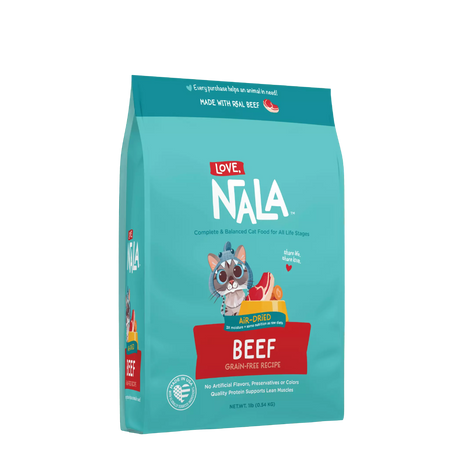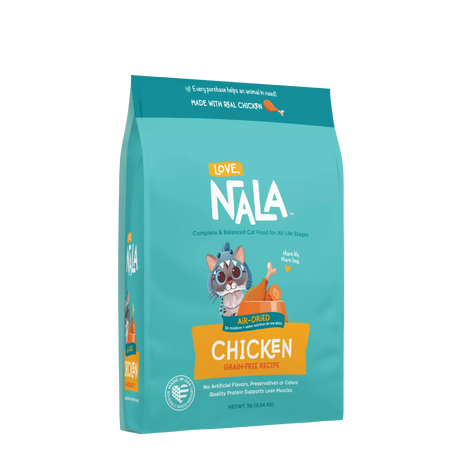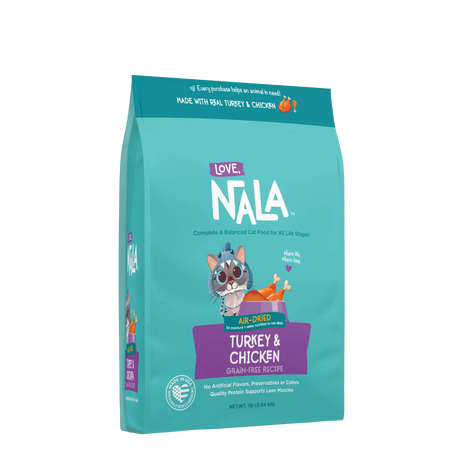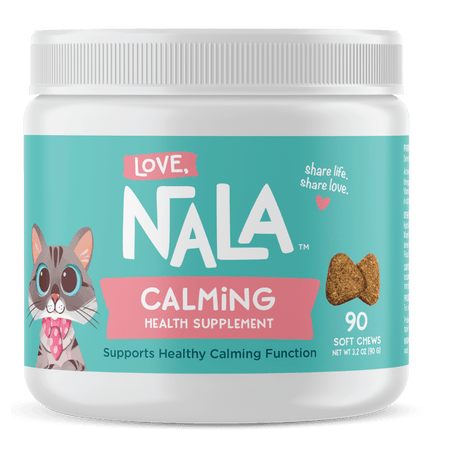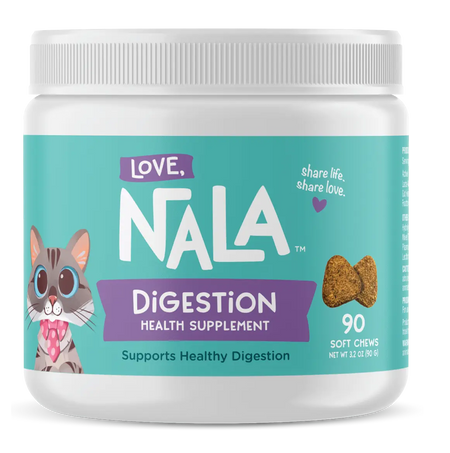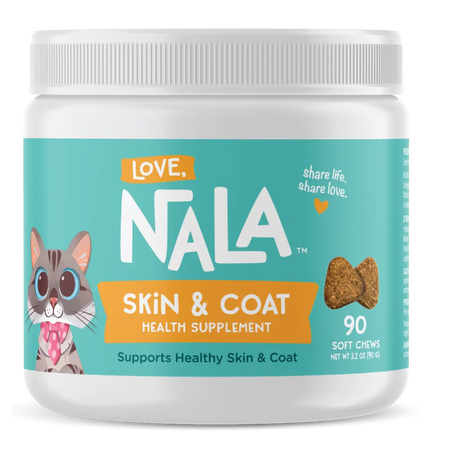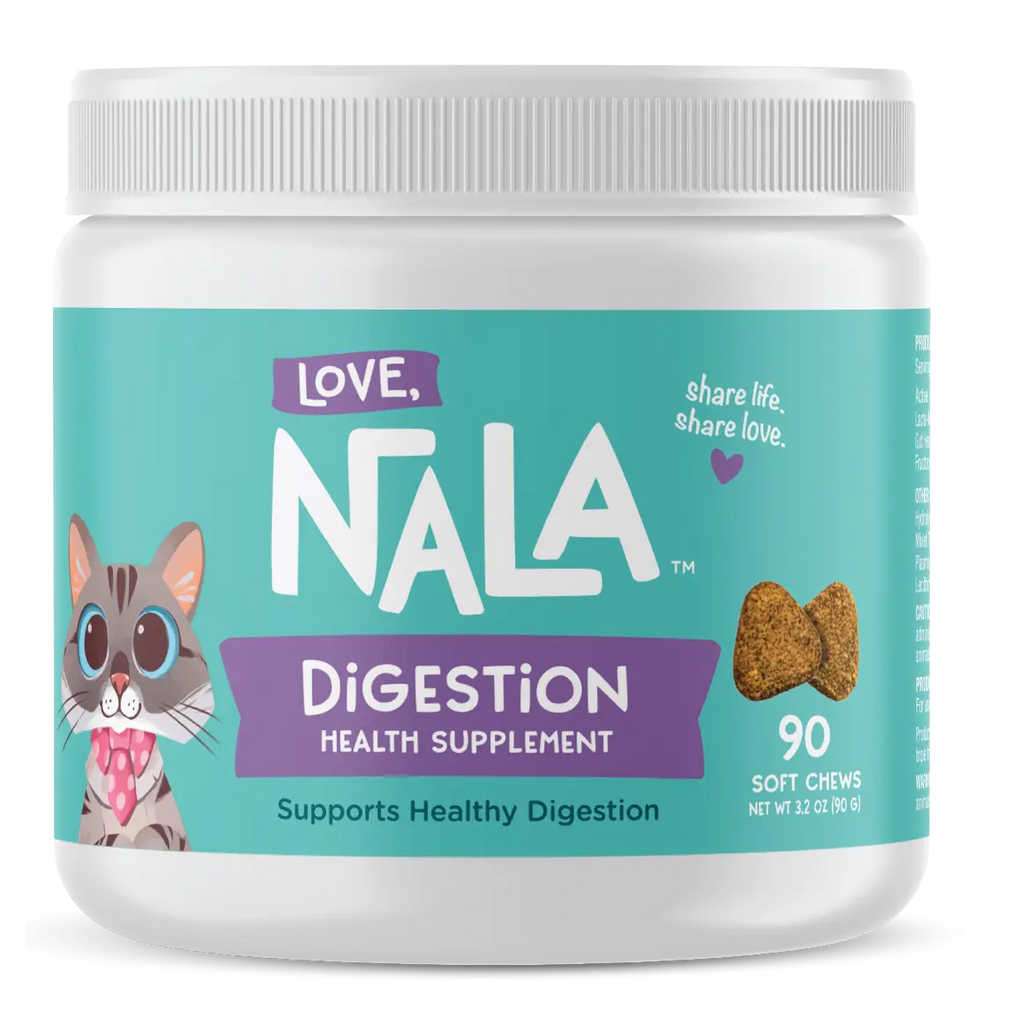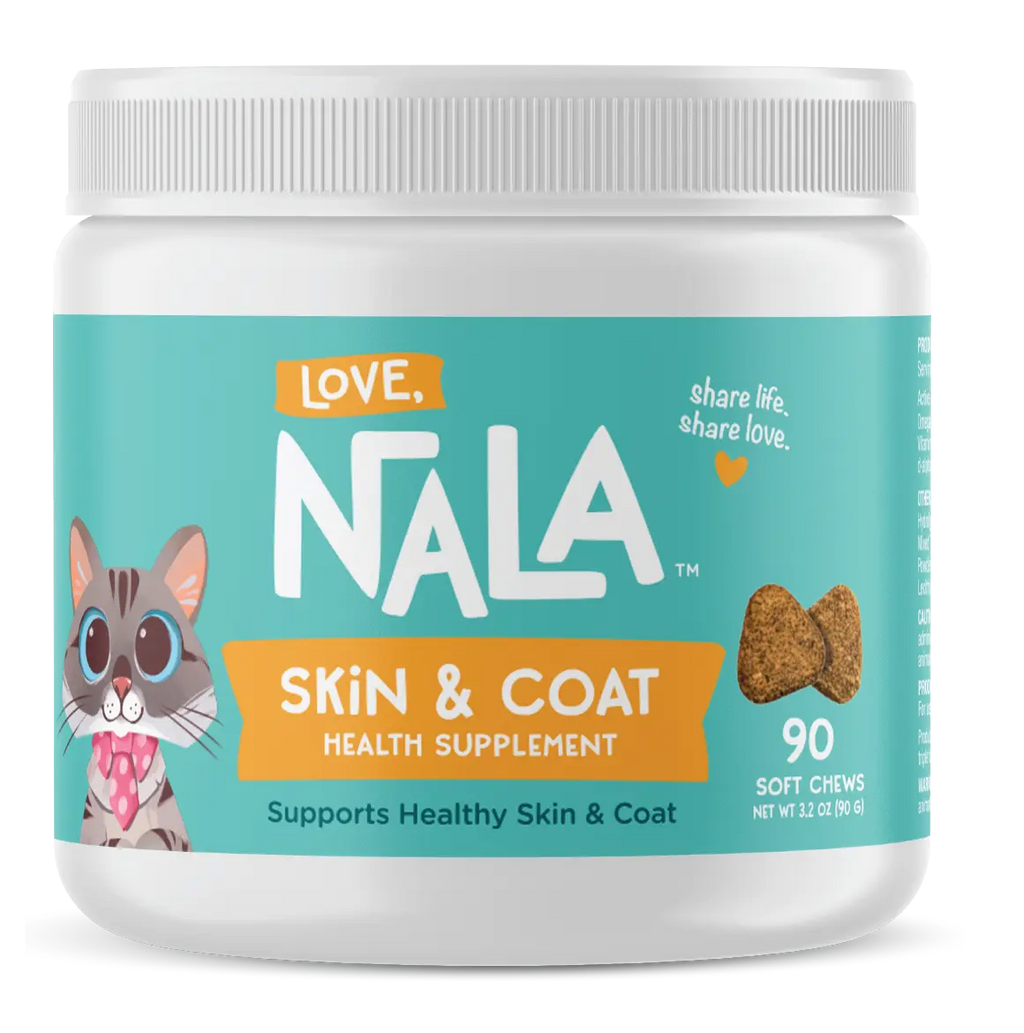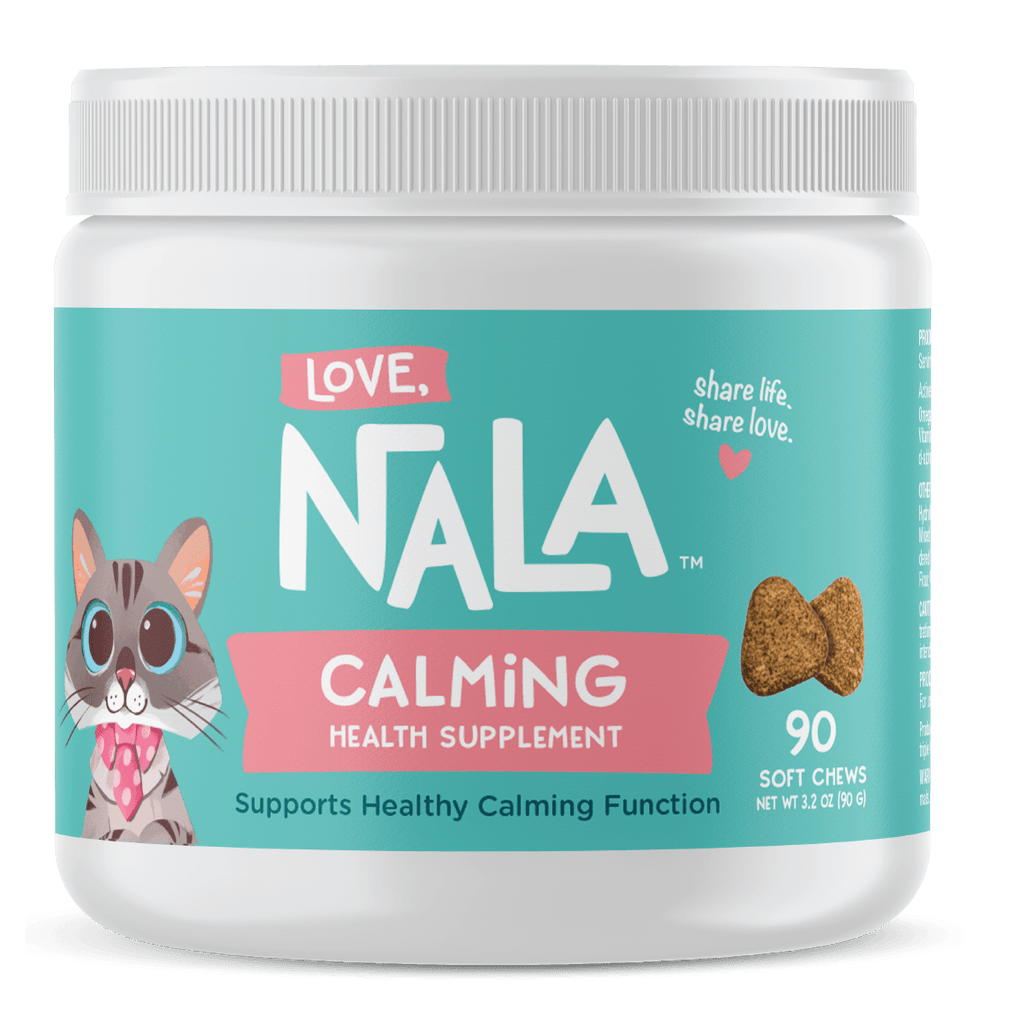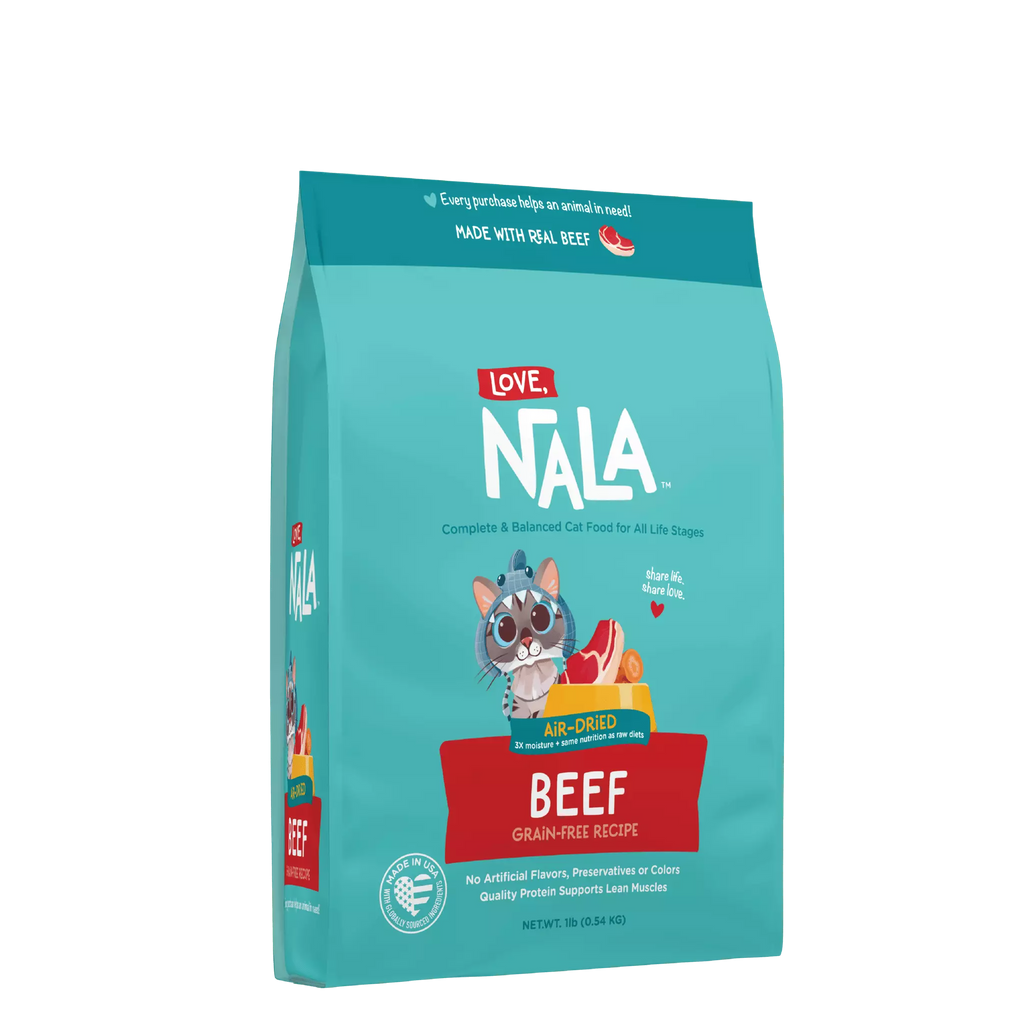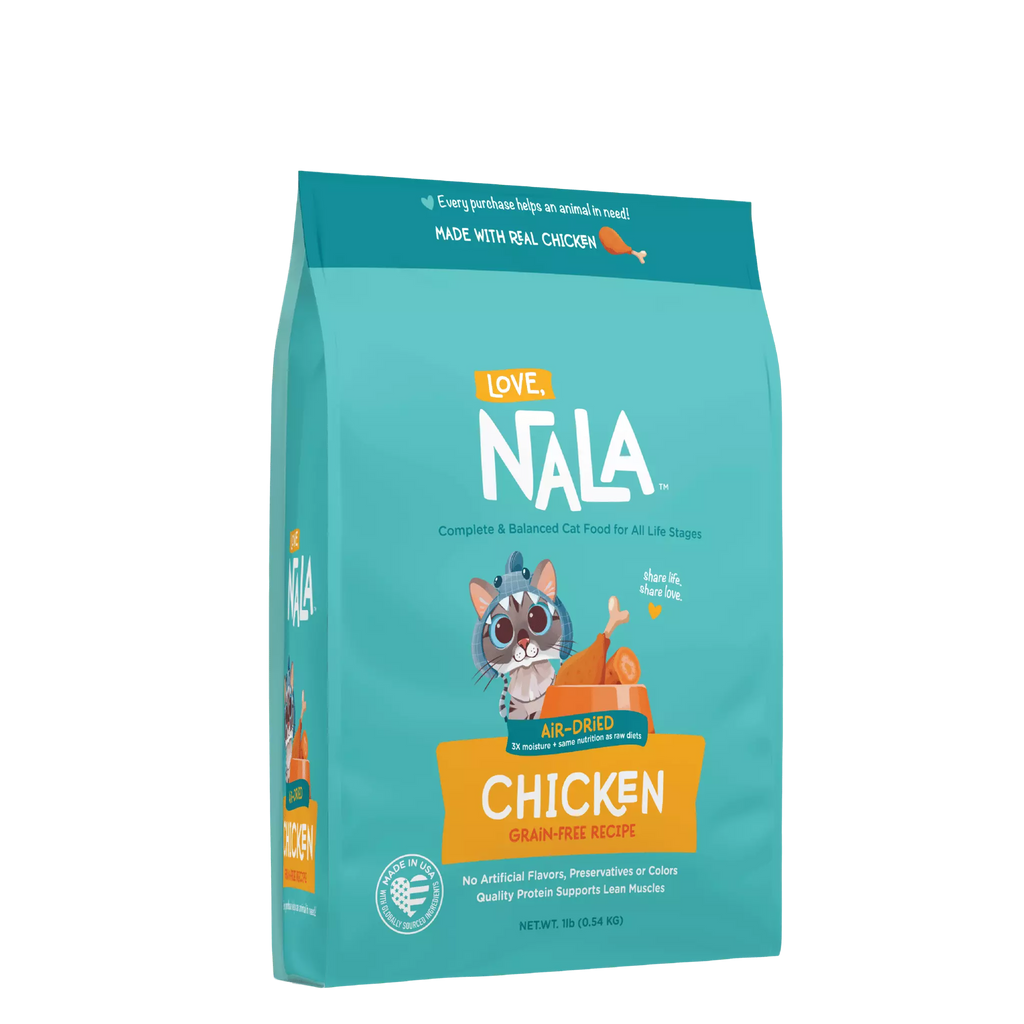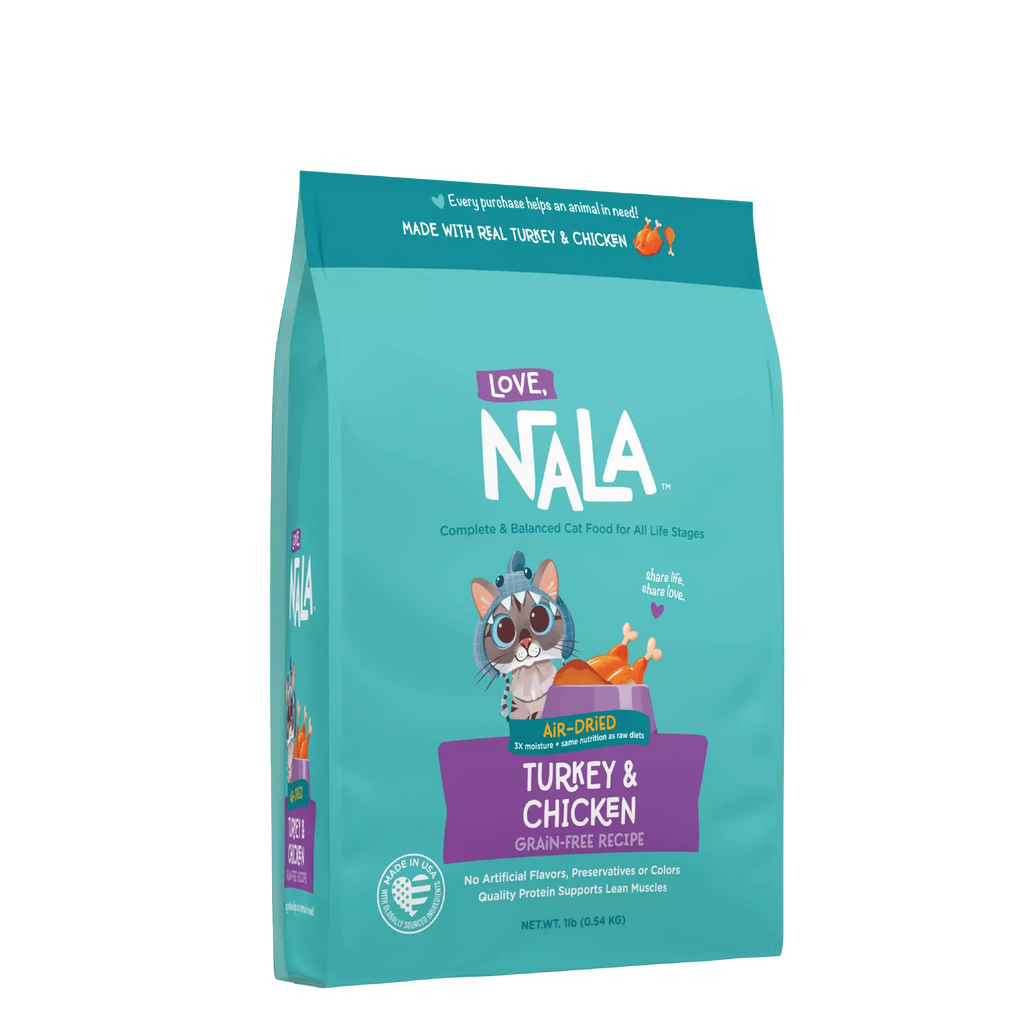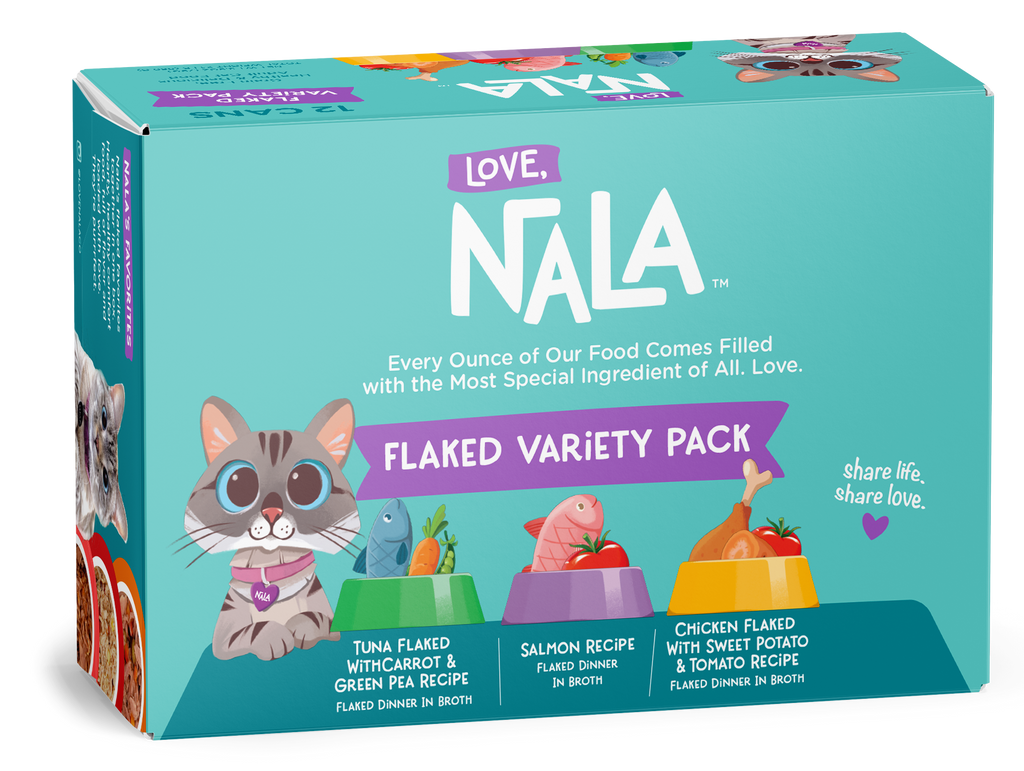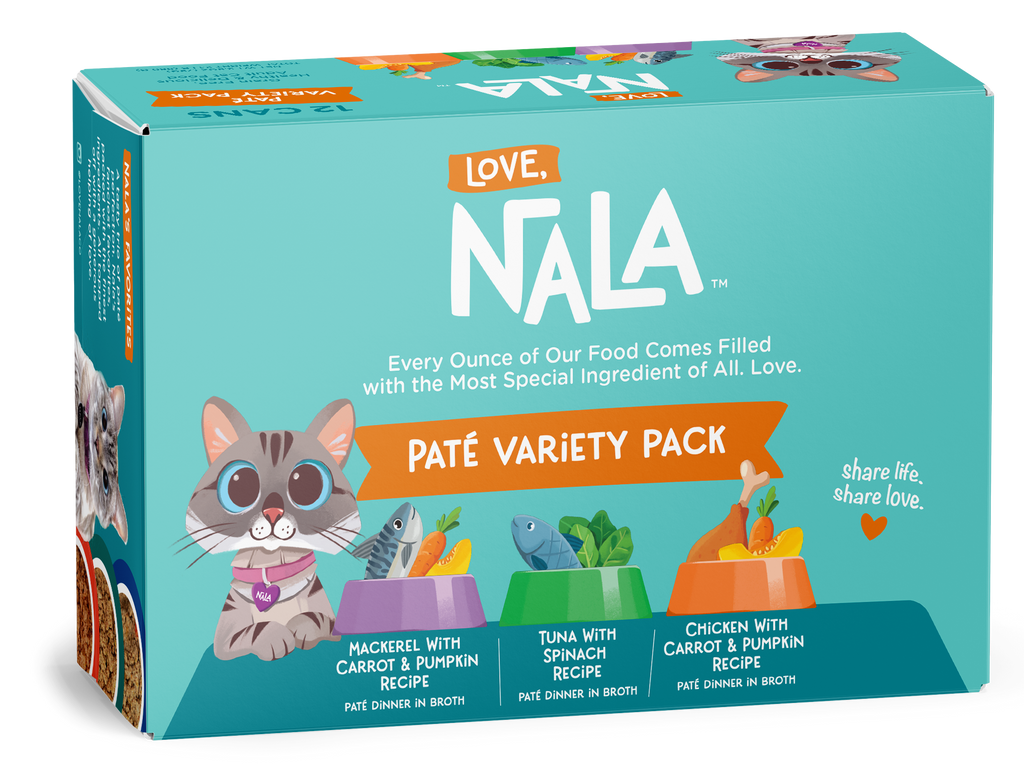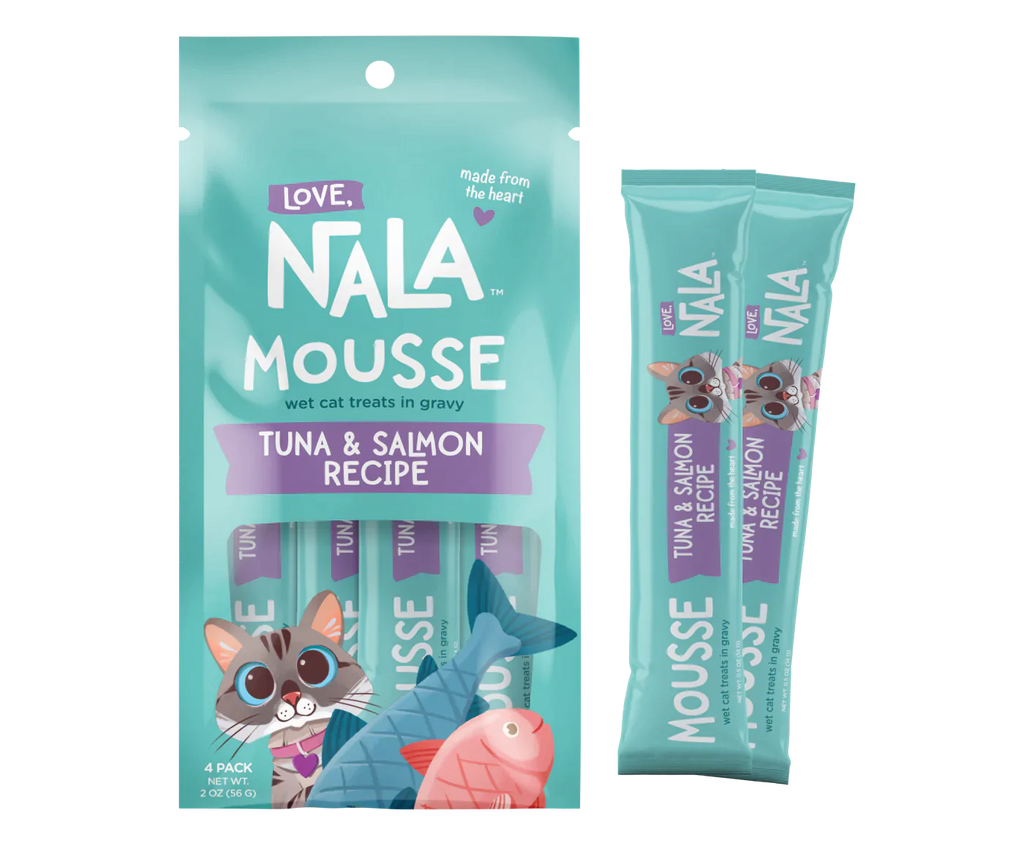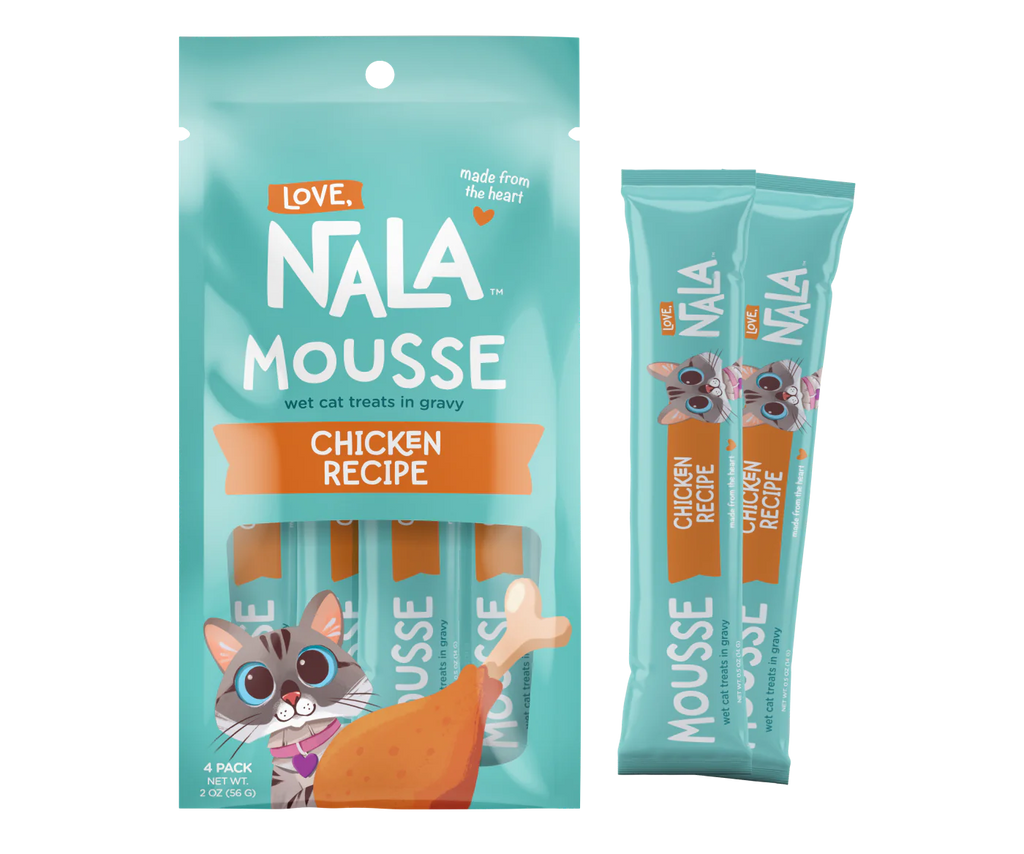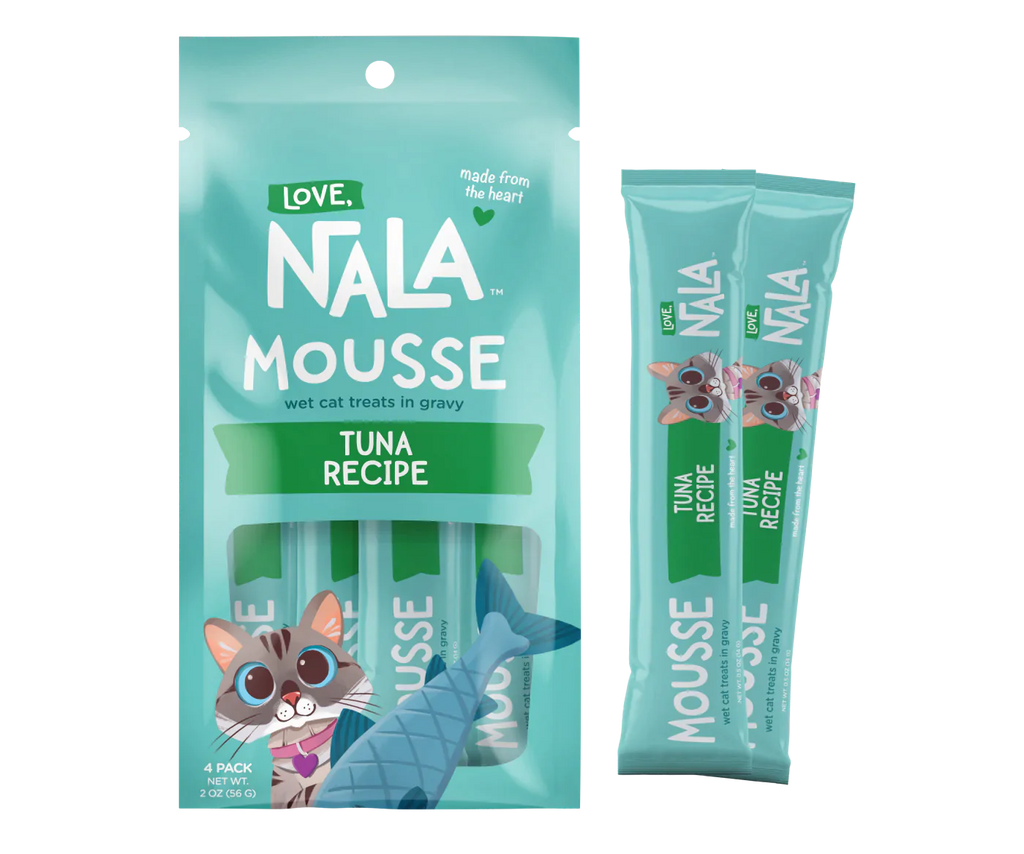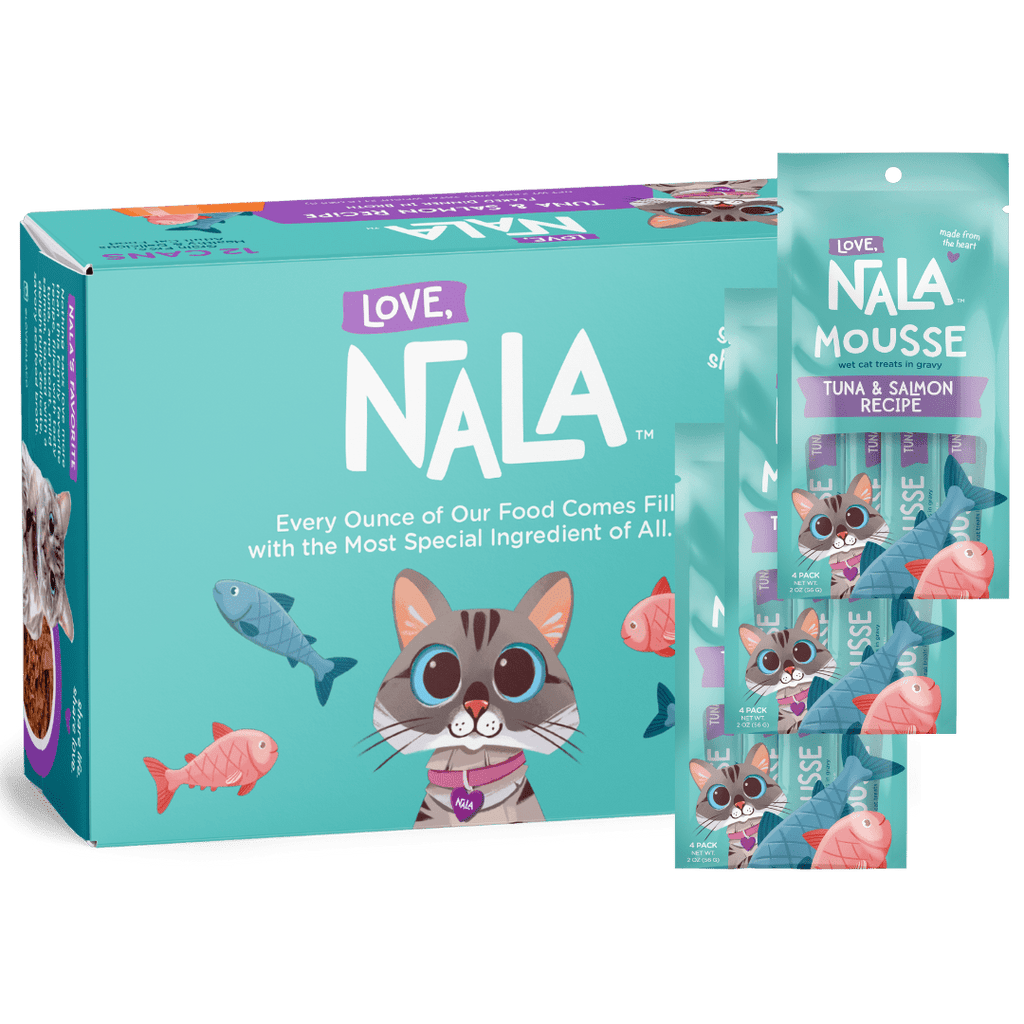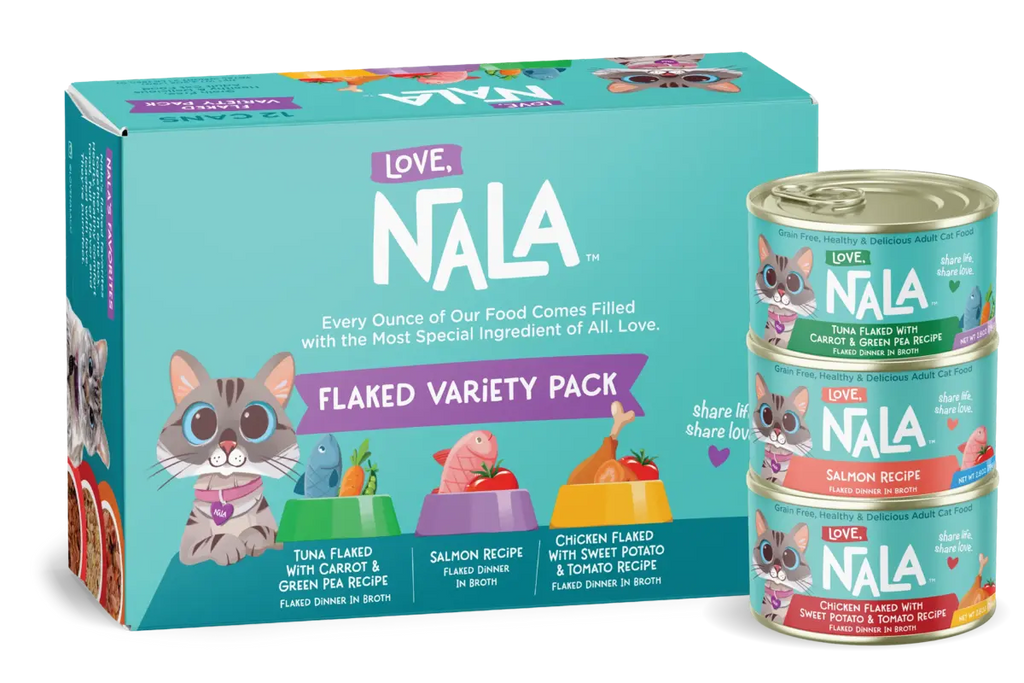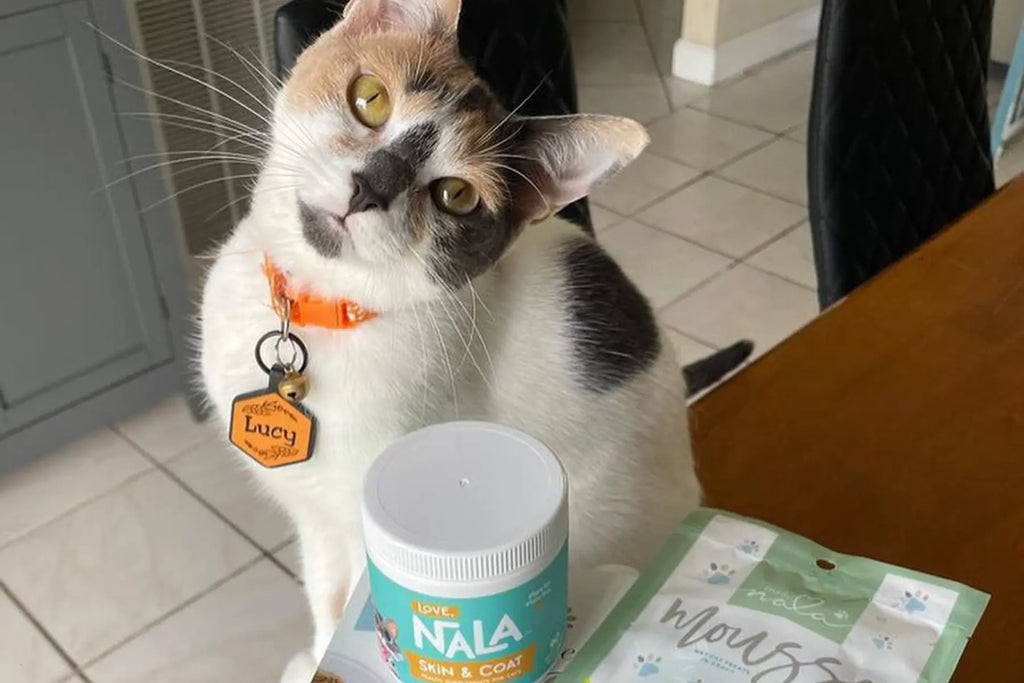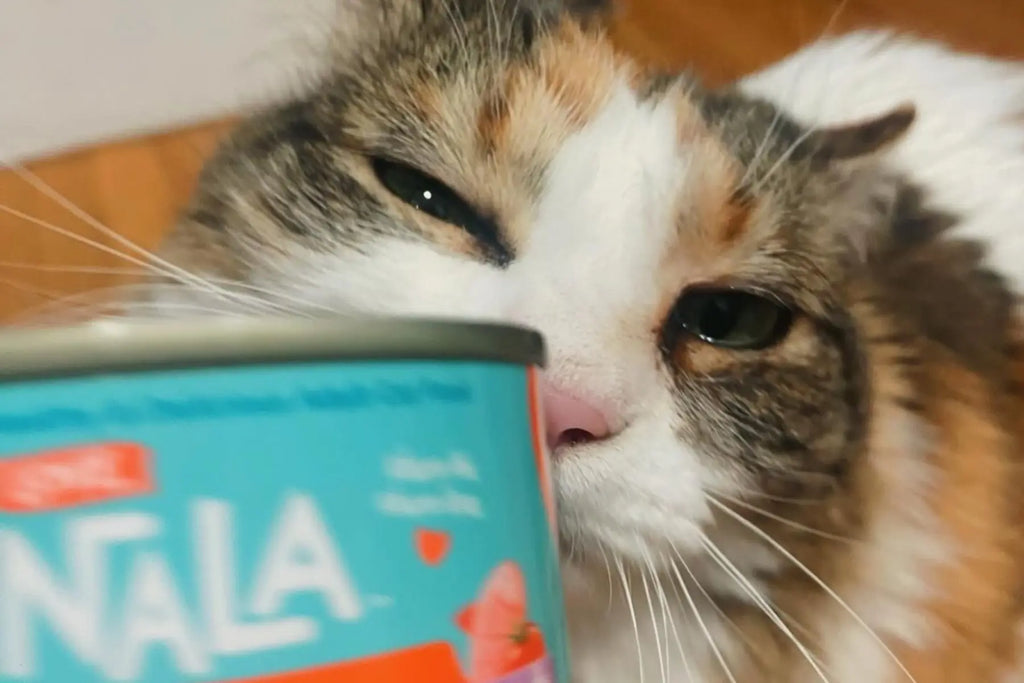Grain-free cat diet refers to cat foods formulated without grains such as wheat, corn, and rice. Instead, these diets often incorporate other carbohydrate sources like potatoes and peas to provide energy. This switch is based on the belief that some domestic cats may digest grain-free sources of carbohydrates more efficiently. The focus is also on higher protein content, resembling a more natural, carnivorous diet that cats would experience in the wild.

Types of Grain-Free Cat Food
Dry Cat Food
Grain-free dry cat food is a popular choice among cat owners due to its convenience and long shelf life. These foods are formulated to provide all the necessary nutrients without using grains as fillers. Dry formulas are particularly favored for their dental benefits, as the kibble's texture helps reduce plaque and tartar buildup on teeth.
Wet Cat Food
Because it greatly enhances the cat's water intake, grain-free wet cat food is very good for keeping cats hydrated. This type of food is especially advantageous for cats who do not drink sufficient amounts of water on their own, which is a common issue. The higher moisture content in wet food helps support kidney and urinary tract health. Moreover, the rich flavors and aromas of wet grain-free foods can be more appealing to picky eaters, making it an excellent choice for cats with specific dietary preferences.
High-Quality Ingredients to Look For
When selecting a grain-free diet for cats, it's important to focus on the quality of the ingredients. Begin by examining the label for high-quality protein sources, which should ideally be listed as the first ingredient. Real meat, fish, or poultry not only offer the essential amino acids necessary for muscle maintenance and repair but also enhance the food's palatability. In addition to primary protein sources, check for the inclusion of organ meats such as liver or kidney, which are rich in nutrients like vitamin A, vitamin B12, and iron, crucial for various metabolic functions.
Besides proteins, a well-rounded grain-free cat diet should incorporate a variety of other health-promoting ingredients. Omega fatty acids, for instance, are vital for maintaining a glossy coat and healthy skin. The amino acid taurine is another critical component, essential for cardiovascular health, vision, and reproductive functions. Ensure the diet includes a balanced blend of vitamins and minerals to support overall health, focusing on those that aid in digestion and boost the immune system, such as vitamin E and zinc. It’s equally important to select a diet that excludes artificial colors, flavors, and preservatives, which can lead to allergies and other health problems.
Common Allergies in Cats
Cats, like humans, can suffer from allergies to a wide range of substances. These allergies can significantly impact their health. Food allergies are particularly common and can be quite disruptive. Understanding these triggers is crucial for managing your cat’s health:
- Proteins: Cats can develop allergies to proteins found in common meat sources such as beef, chicken, and fish. These allergies manifest through symptoms such as skin rashes, itching, and sometimes gastrointestinal upset. Pet owners need to monitor their cats for adverse reactions to protein-rich foods and consider hypoallergenic alternatives if necessary.
- Dairy: Despite the popular image of cats enjoying a saucer of milk, many cats are lactose intolerant and react negatively to dairy products. Symptoms of dairy allergies in cats can include gastrointestinal discomfort, such as diarrhea and vomiting, as well as skin irritation. Care should be taken to avoid giving cats milk or dairy-based treats.
- Grains: Grains, including wheat and corn, are lesser-known allergens for cats but can still pose significant health issues. Cats affected by grain allergies may experience symptoms ranging from digestive disturbances like bloating and diarrhea to skin issues such as itching and rashes. As emphasized, cat owners should consider a grain-free diet for cats with allergies if their pets exhibit such symptoms.
Proper dietary management and consultation with a veterinarian can help alleviate and prevent the uncomfortable symptoms associated with these allergies. By paying close attention to the ingredients in cat food and being observant of their pet’s health, cat owners can ensure a happier and healthier life for their feline companions.
Grain-Free Diet for Senior Cats
Nutritional Challenges in Senior Cats
As cats age, their nutritional needs evolve, often requiring diets that support less active lifestyles and changing metabolic rates. Senior cats may experience decreased kidney function, reduced digestion efficiency, and a loss of appetite. A grain-free cat diet for senior cats can provide high-quality proteins and fats that are easier to digest and more palatable, which helps maintain proper nutrient intake.

Managing Inflammation in Older Cats
A tailored diet plays a significant role in managing these conditions by controlling caloric intake without sacrificing essential nutrients. Here are insights into how a grain-free diet can aid in weight and inflammation management for senior cats:
- Optimal Protein Levels: Diets high in protein are incredibly beneficial for senior cats. Such diets help maintain lean muscle mass, which naturally tends to deteriorate with age. High protein content also promotes a sense of fullness after eating, reducing the likelihood of overeating. This is particularly crucial for older cats whose activity levels may decrease over time, making them prone to unnecessary weight gain. Moreover, maintaining an optimal protein level ensures that despite their lower calorie intake, senior cats receive all the vital nutrients needed for their health.
- Low Glycemic Index: Grain-free diets are often characterized by their low glycemic index. This is crucial for managing the health of diabetic cats, as foods with a low glycemic index release glucose into the bloodstream more slowly and steadily. This helps in avoiding the sharp spikes in blood sugar levels, which can be particularly detrimental to diabetic cats.
- Enhanced Metabolism: Natural, easily digestible ingredients are common in grain-free diets, which aid in supporting a healthy metabolism. For senior cats, maintaining an efficient metabolism is essential for effective nutrient processing and energy management. Because aging frequently results in a drop in energy and general sluggishness, this is especially crucial.
- Anti-inflammatory Properties: The inclusion of ingredients rich in omega-3 fatty acids, like fish oils, is a significant benefit of many grain-free diets. Omega-3s have strong anti-inflammatory properties that can help reduce systemic inflammation.
Choosing the right diet for an aging cat is about more than just managing weight; it's about addressing the specific health challenges they face as they grow older. Through careful dietary management, owners can significantly impact their senior cats' health, ensuring they remain active and healthy even in their later years.
Grain-Free Diet for Kittens
Benefits of DHA and Calcium in Grain-Free Kitten Food
Docosahexaenoic acid (DHA) and calcium are vital nutrients in kitten diets, playing significant roles in cognitive development and bone growth, respectively. DHA, an omega-3 fatty acid found in mother's milk and certain fish oils, aids in brain and eye development, making it a critical component of a grain-free diet for kittens. Calcium not only supports strong bones and teeth but also contributes to the proper functioning of the nervous and muscular systems. These nutrients are particularly concentrated in high-quality grain-free formulas, helping ensure that kittens develop both mentally and physically strong.
Selecting the Best Grain-Free Kitten Food
Choosing the best grain-free kitten food involves looking for products that balance essential nutrients with appealing flavors. It is important to select a formula that kittens find tasty to encourage steady eating habits, which support sustained growth and energy levels. Additionally, kitten-specific grain-free foods are designed to be smaller in kibble size, making it easier for young cats to chew and digest.
Weight Management with Grain-Free Diets
Understanding Cat Obesity and Its Risks
Obesity in cats is a pressing issue, with significant health repercussions such as diabetes, heart disease, and diminished mobility. Overweight cats face a decreased quality of life and a potentially shortened lifespan. Key contributors to feline obesity include overfeeding, insufficient exercise, and diets high in carbohydrates. Cat owners must understand these factors to prevent and manage obesity effectively. Opting for a grain-free cat diet for weight management can be beneficial, as these diets typically contain lower levels of carbohydrates and higher proportions of proteins. Educating pet owners on the importance of balanced diets and the risks associated with obesity can play a vital role in fostering long-term health in cats.
Strategies for Maintaining a Healthy Weight
Effective weight management in cats requires a holistic approach that includes diet, exercise, and ongoing monitoring. Transitioning to a grain-free diet for cats with sensitivities is a strategic move that should be implemented gradually to allow the cat’s digestive system to adapt without distress. This diet shift should be complemented with regular physical activity, which not only helps in burning calories but also in maintaining muscle tone. Through such comprehensive care, cat owners can ensure their pets maintain a healthy weight and lead a vibrant, healthy life.
Special Considerations for Grain-Free Diets
Transitioning to a Grain-Free Diet
As mentioned previously, switching your cat to a grain-free diet can offer various health benefits, but it must be done with care to avoid digestive issues. Below is a detailed guide on how to transition your cat safely and effectively:
- Start Small: Initially, introduce a small amount of grain-free food into your cat's regular diet. This first step is critical to prevent any sudden changes that might upset your cat's stomach. Mix about a quarter of the new grain-free food with three-quarters of the current food. This blend will help your cat get used to the taste and texture of the new diet without overwhelming their digestive system. Continue this ratio for a few days to ensure your cat adjusts well and shows no signs of rejection or digestive upset.
- Gradual Increase: After the initial introduction, begin to slowly increase the amount of grain-free food while decreasing the regular food proportionally. Over several days or weeks, adjust the ratios gradually—moving from the initial 25% new food to a 50-50 mix, then to 75% new food, and finally to 100% grain-free. This gradual transition allows your cat’s digestive enzymes and microbiome to adapt to the new diet composition without causing stress or discomfort.
- Adjust as Needed: If you notice any adverse reactions during the transition, it's important to adjust the process. This might mean slowing down the rate at which you introduce new food or even temporarily reverting to a higher proportion of the old diet.
It is not just about changing the food; it’s about ensuring your cat's health and comfort throughout the process. By following these detailed steps, you can help your cat adjust without unnecessary stress. Always remember that every cat is different, and what works for one may not work for another. Patience and attentiveness are key in successfully shifting to a new dietary routine.
Monitoring Your Cat’s Health and Adjusting Diet
Regular veterinary check-ups are vital for monitoring your cat's health and ensuring their diet is nutritionally adequate. These appointments allow the veterinarian to perform physical examinations and necessary tests that can assess the impact of the diet on your cat’s health. Changes in weight, energy levels, and fur quality are significant indicators to watch. A healthy diet should maintain an optimal weight, reflect high energy levels, and promote a glossy, smooth coat. Any negative changes in these areas might suggest dietary deficiencies or excesses that need to be addressed. As cats age, their nutritional requirements can change, necessitating adjustments to their diet.

Beyond these considerations, it's important to understand the role of hydration in a cat’s diet, especially for those that consume primarily dry food. Cats naturally have a low thirst drive and derive much of their water intake from their diet. Providing a water fountain or consistently fresh water can encourage better hydration and support overall health.
The benefits of grain-free cat diets are clear, especially for cats with specific dietary sensitivities or health conditions. By focusing on high-quality protein sources and eliminating grains, these diets help mimic a cat's natural eating patterns, supporting better health outcomes such as enhanced energy levels, healthier skin and coats, and overall improved gastrointestinal health. For many cats, this diet shift can mean a significant improvement in quality of life.
